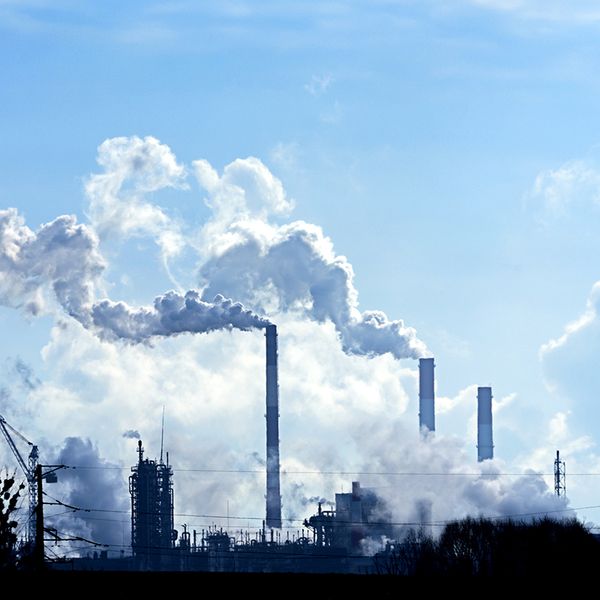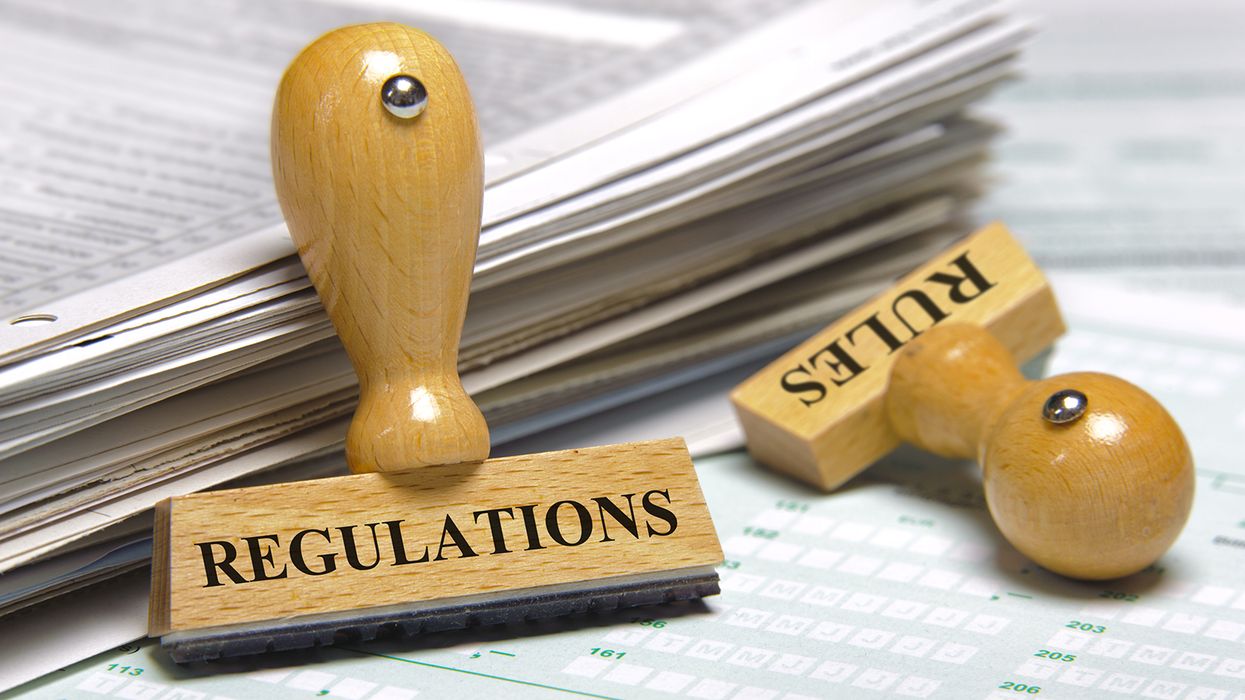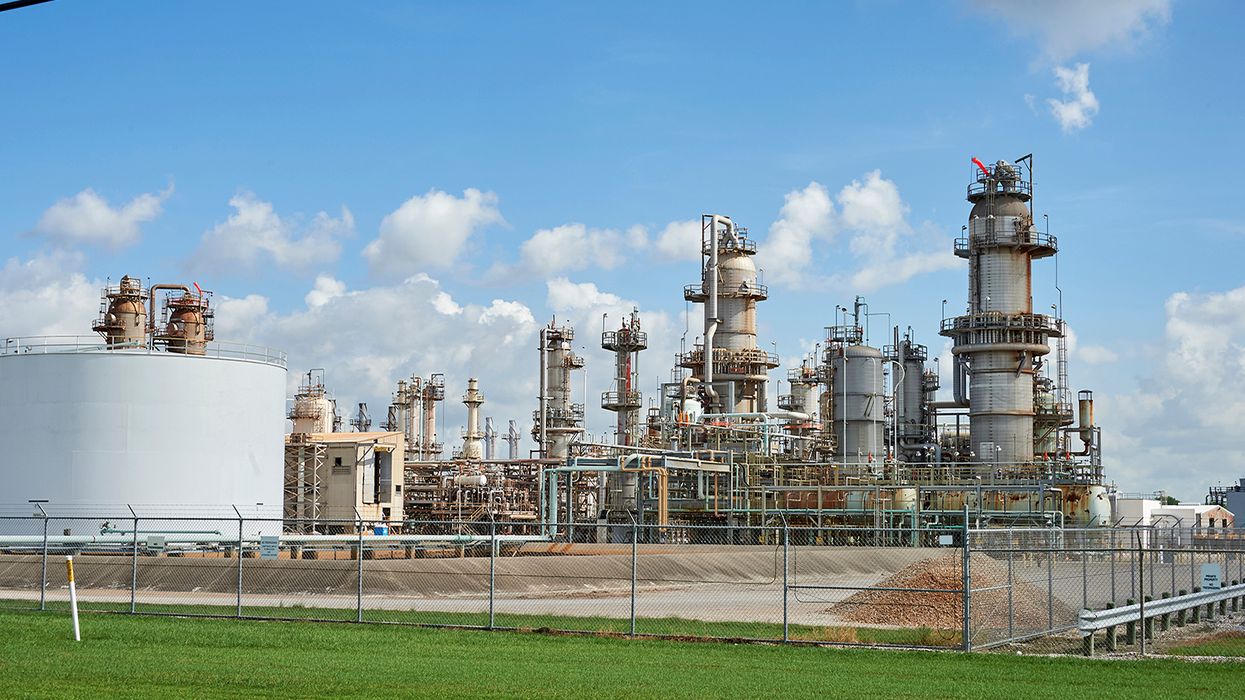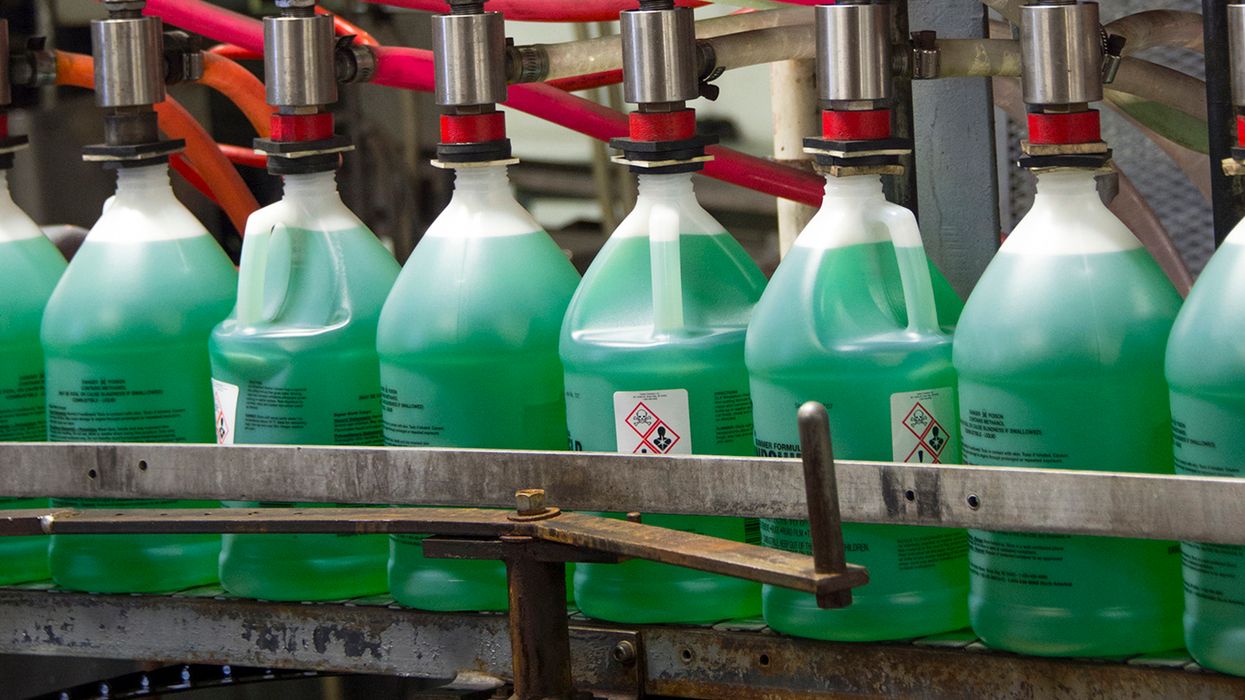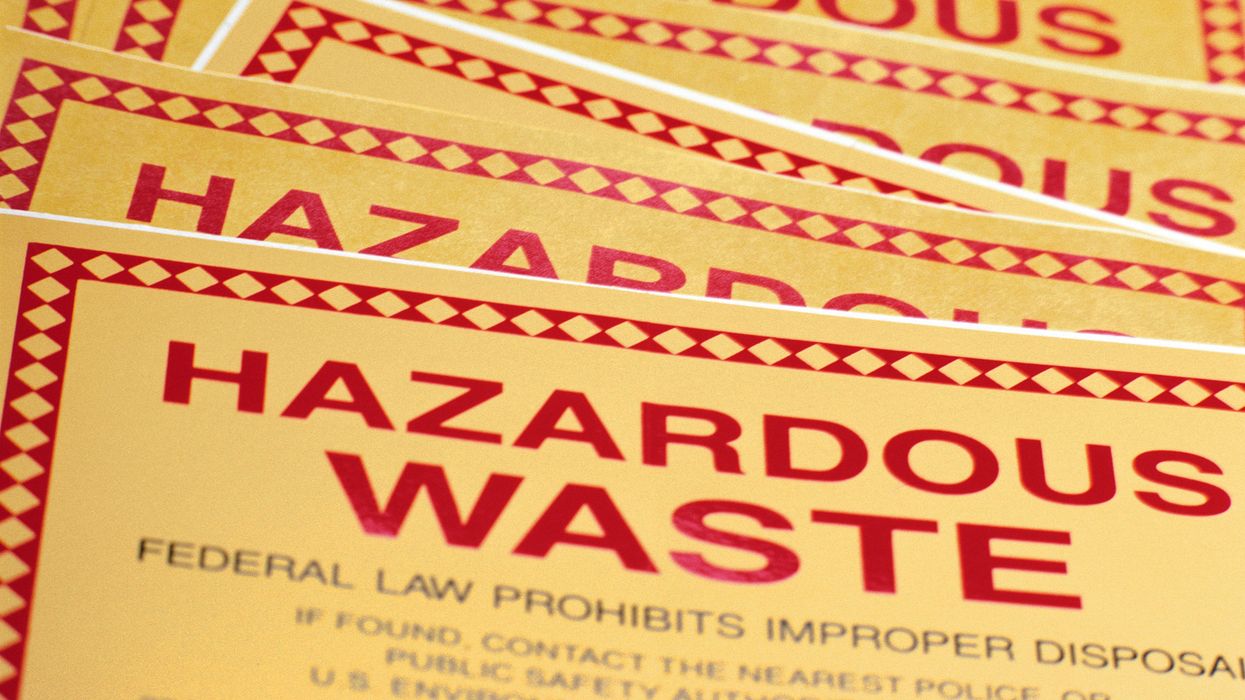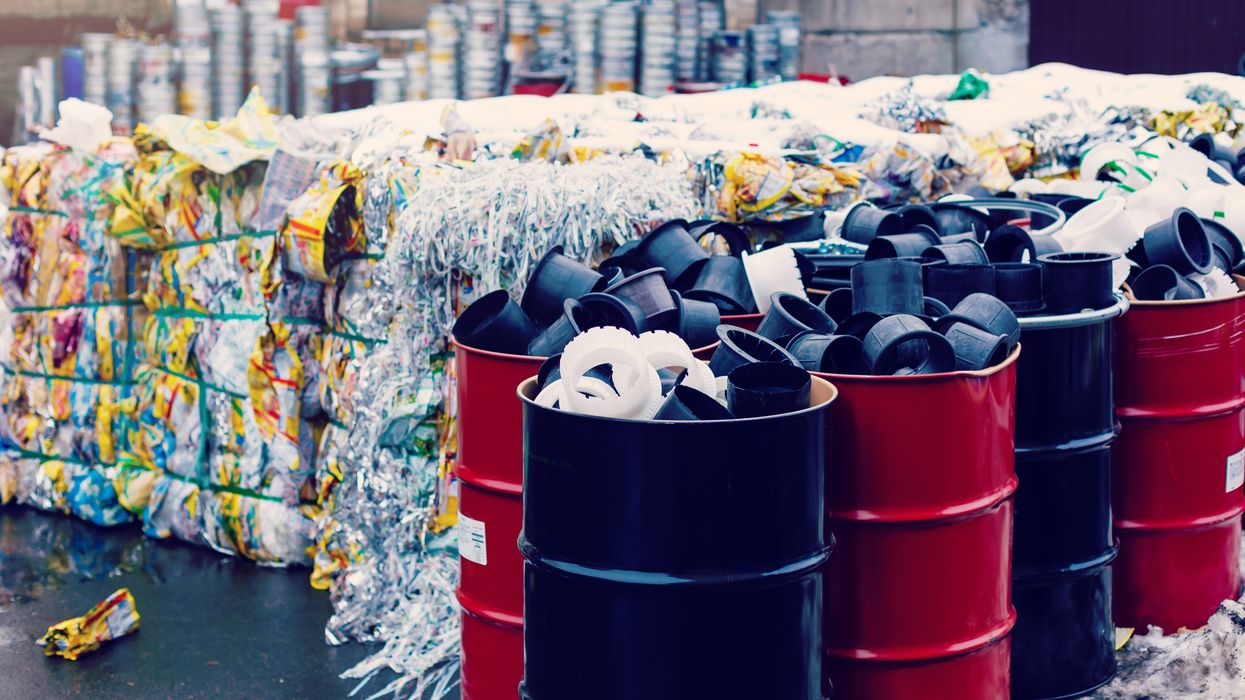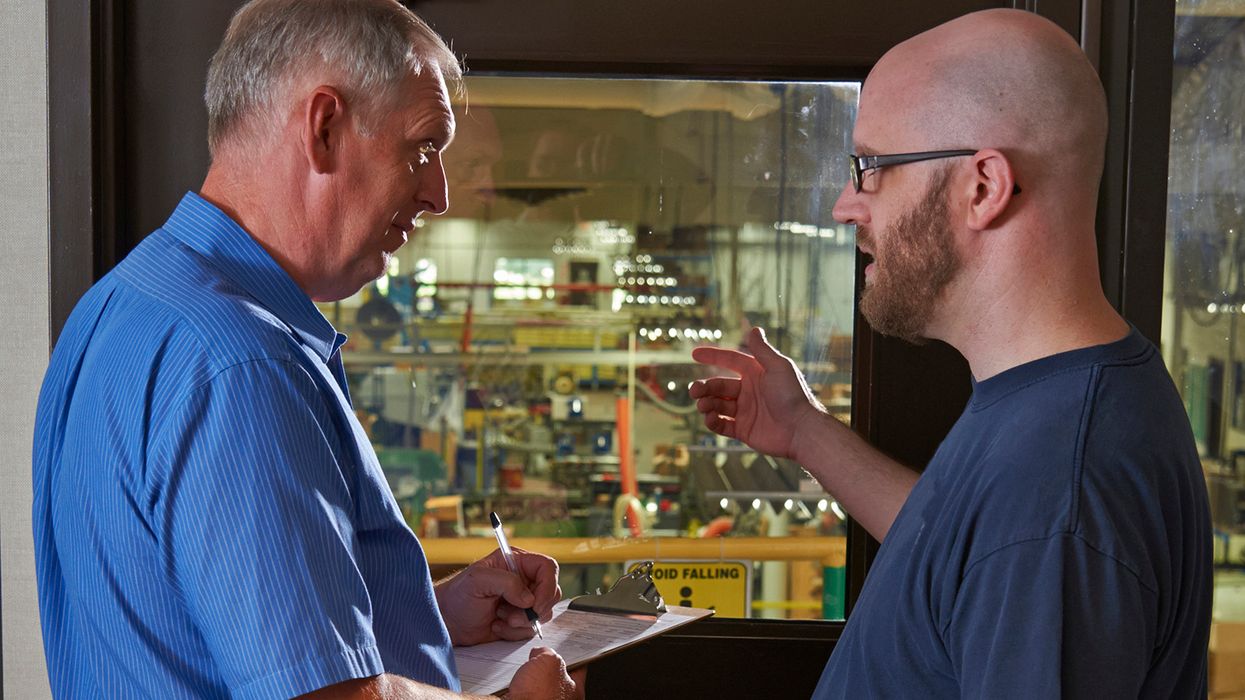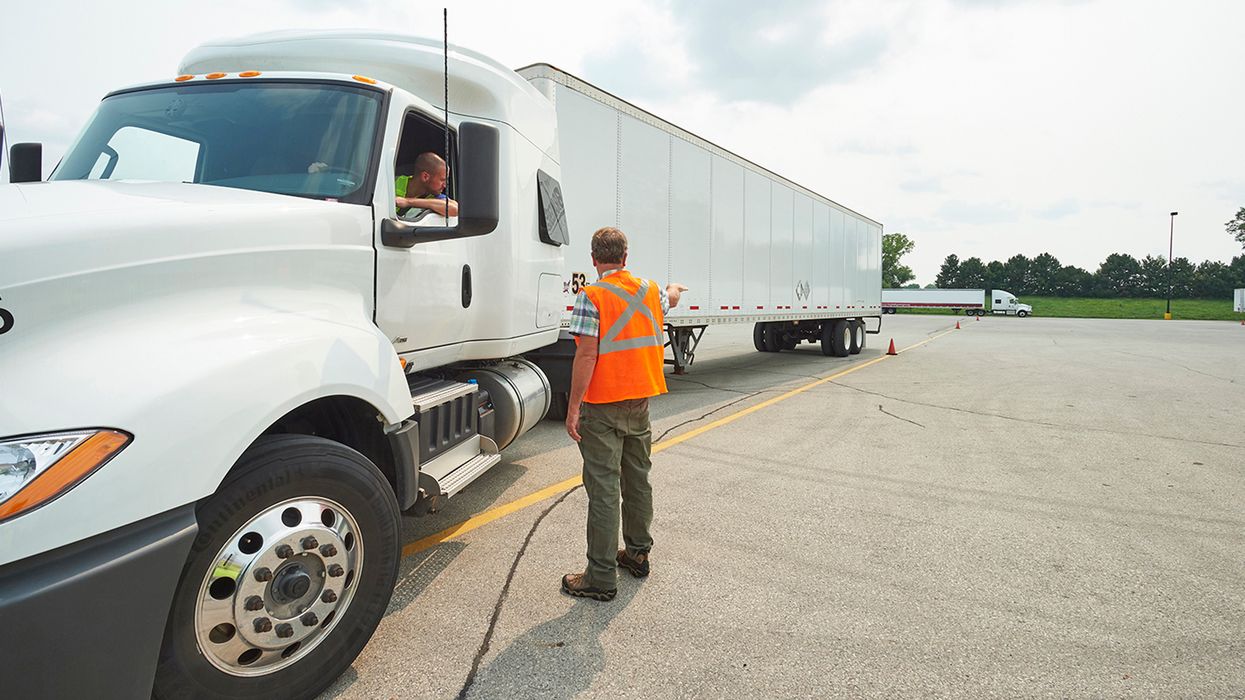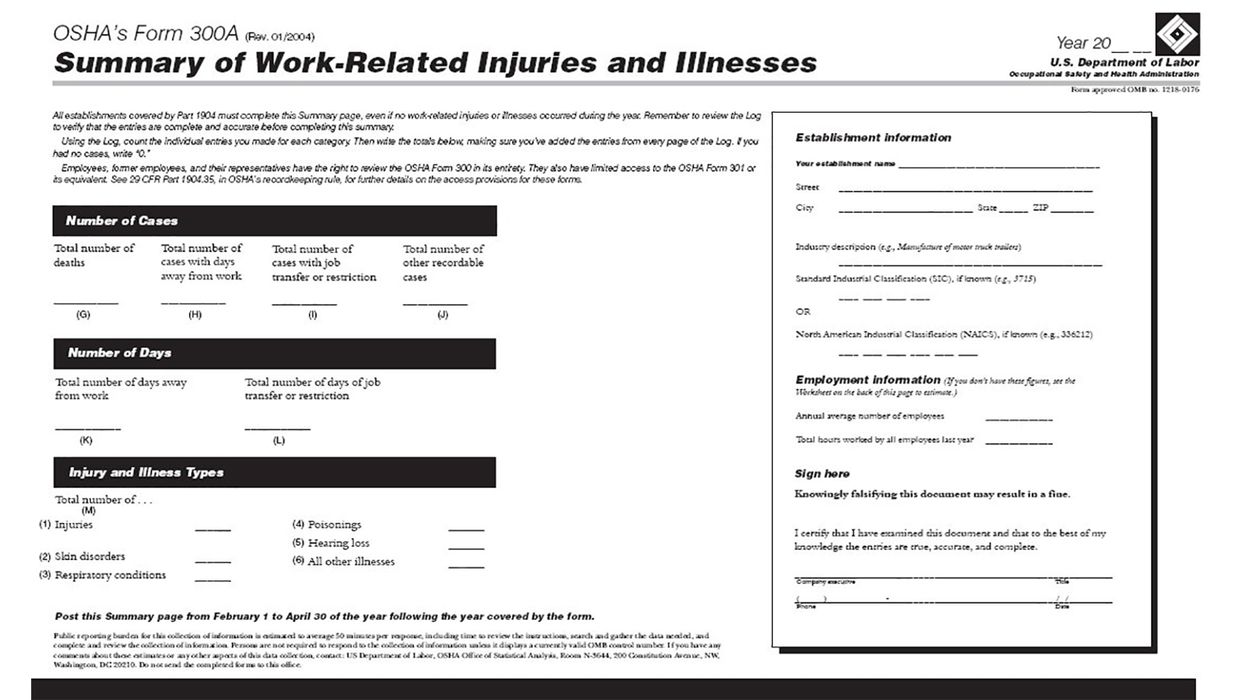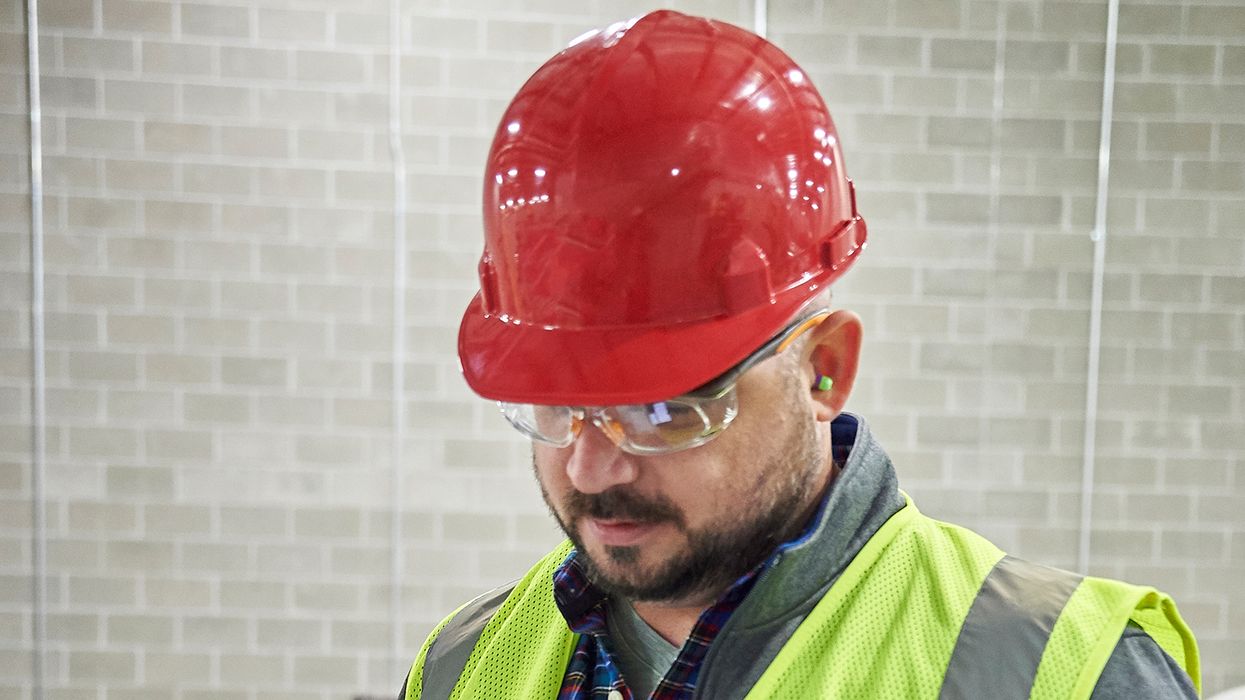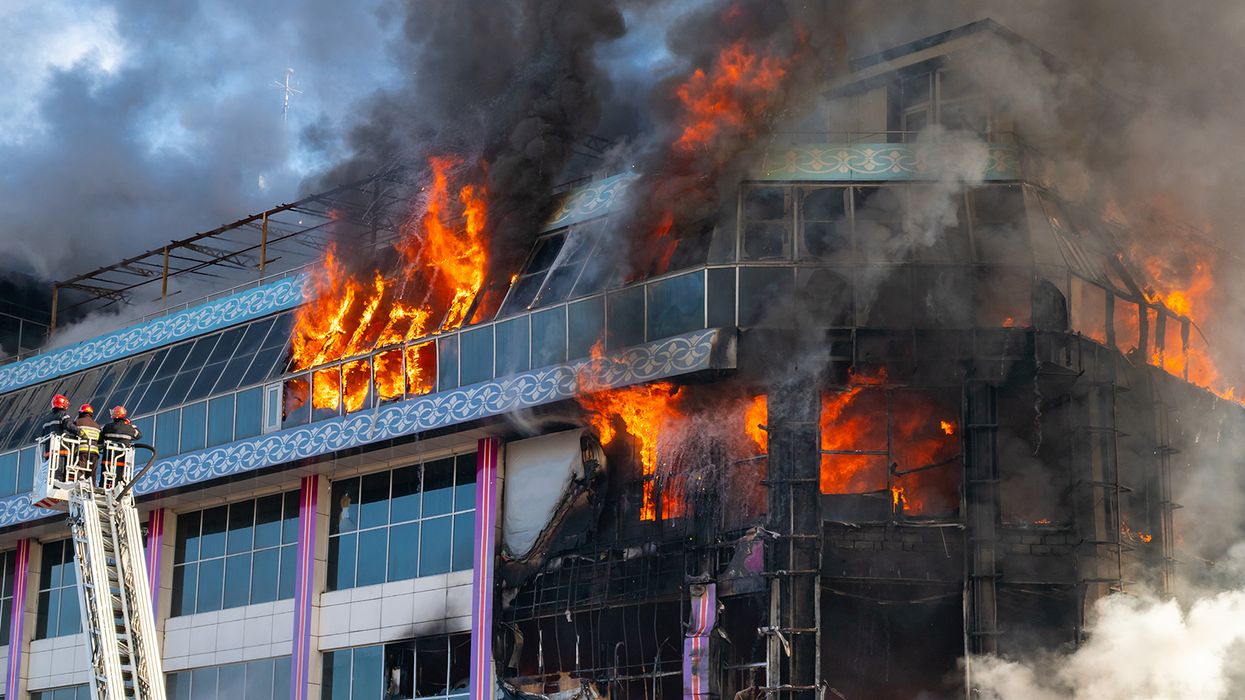Nonattainment NSR permits: Preventing bad air days
The Environmental Protection Agency (EPA) has several regulations in place to protect and improve the nation’s air quality. The nonattainment New Source Review (NSR) permit program ensures that the construction of new facilities and major modifications to existing facilities don’t cause more “bad air days."
You must obtain a preconstruction permit to build a new facility or make a major modification to one that will significantly increase emissions of criteria air pollutants (known as a major source). The type of permit required is based on whether the proposed construction will occur in an area that meets EPA’s national air quality standards.
If you plan to build or modify a facility in an area that doesn’t meet national standards for any criteria air pollutant, a nonattainment NSR permit is required.
What are attainment and nonattainment areas?
Under the Clean Air Act (CAA), EPA regulates the emissions of six criteria air pollutants through the National Ambient Air Quality Standards (NAAQS). The agency determines whether each geographic area in the U.S. meets the national emission standard for each criteria pollutant. The agency designates areas that meet or outperform the NAAQS as attainment areas. Conversely, it designates areas that don’t meet the NAAQS as nonattainment areas.
The CAA requires states to develop and adopt general State Implementation Plans (SIPs) for achieving and maintaining the NAAQS. States must also develop specific plans for each nonattainment area to reduce emissions of criteria pollutants and maintain the NAAQS. One of the required components of an SIP is an outline of NSR permitting requirements.
What’s the NSR program?
Typically issued at the state level, NSR permits require major sources to install and maintain pollution control equipment. They also establish:
- What construction is allowed,
- Emissions limits, and
- Applicable operating requirements.
Don’t forget to check state regulations! States may have more stringent emissions limits, monitoring requirements, and application processes than federal standards.
The three types of NSR permitting requirements include:
- Prevention of Significant Deterioration permits (issued in attainment areas),
- Nonattainment NSR permits, and
- Minor source permits.
Let’s zoom in on the nonattainment NSR permit.
What does the nonattainment NSR permit require?
To construct a new major source or modify an existing one in a nonattainment area, you must obtain a nonattainment NSR permit. Facilities with nonattainment NSR permits are subject to more restrictive requirements.
Lowest achievable emission rate
Facilities must install the most stringent level of emissions control technology, known as the lowest achievable emission rate (LAER). You must apply LAER to any criteria air pollutant that will meet or exceed its emission limit.
LAER is based on whichever rate is most stringent, either:
- The most stringent emission limitation in the SIP for your facility’s class or source category, or
- The most stringent emission limitation achieved by facilities in the same class or source category.
To meet the LAER, your facility may need to implement various measures, such as modifying existing processes and implementing add-on controls.
Emission offsets
For each criteria pollutant a facility proposes to emit, it must obtain offsets to compensate for the increased emissions and provide a net air quality benefit. Emission offsets are primarily acquired from existing sources within the same nonattainment area.
Public involvement
Facilities must provide public input opportunities throughout the permitting process. Examples include publishing a notice of a draft nonattainment NSR permit for public review and comment as well as holding requested public hearings on the proposed permit.
Where do I start?
If you’re considering building or modifying a major source, the first thing to do is establish whether the construction will occur in an attainment or nonattainment area.
- Check the EPA Green Book, which provides nonattainment statuses across the U.S. by criteria pollutant. Make sure to check the statuses for all criteria pollutants!
- Confirm any nonattainment areas with the state or local environmental agency for each criteria pollutant.
- Evaluate the nonattainment NSR permitting requirements in the SIP.
A nonattainment NSR permit allows you to build or modify your facility while ensuring it doesn’t contribute to bad air days.
Key to remember: A nonattainment NSR permit is required to build or modify a facility in an area that doesn’t meet National Ambient Air Quality Standards.






